Defense industry news on March 28: Russian submarines have carried Zircon missiles. That is the information revealed by Russian media based on information from the submarine force.
Russia begins deploying Zircon hypersonic missiles on submarines; Ukraine reveals images of deploying F-16s in combat... are the contents of today's defense industry news, March 28.
Russia begins deploying Zircon hypersonic missiles on submarines
The modernized Project 885M Yasen-M nuclear attack submarine Perm will become the first permanent carrier of Zircon hypersonic cruise missiles. The first submarine equipped with Zircon was named in the materials on the trip of Russian President Vladimir Putin to Murmansk.
“Perm, among the Project 885M nuclear submarines, will become the first regular submarine carrying Zircon hypersonic cruise missiles and in this respect the submarine will have a slightly different design from its predecessors ,” TASS news agency reported.
The Perm multipurpose nuclear submarine is the sixth Project 885 submarine. The submarine was laid down in 2016. The Yasen can carry Oniks and Kalibr cruise missiles, as well as torpedoes.
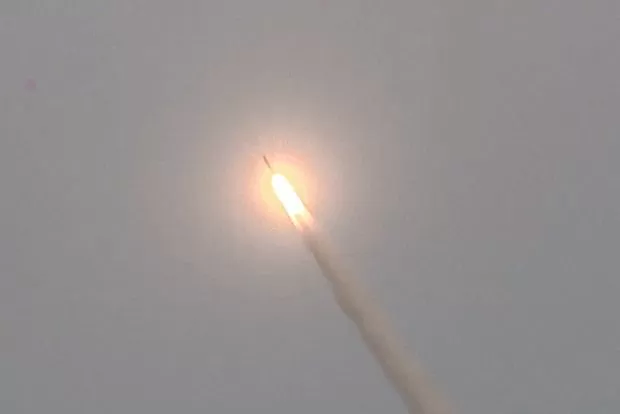 |
| A Zircon rocket launch. Photo: Rian |
In February 2025, the US publication 19FortyFive wrote that the Zircon missile could give Russia a strategic advantage as it threatens enemy ships at long distances.
The 3M22 Zircon missile was first introduced by Russian President Vladimir Putin in 2018 as a series of advanced weapons. This missile model underwent rigorous testing in late 2020, then achieved many important milestones with successful test launches from both surface ships and submarines in 2021. Considered a cutting-edge modern weapon, the 3M22 Zircon is considered to have the ability to change the situation of modern warfare.
The 3M22 Zircon missile, designated SS-N-33 by NATO standards, is a mobile anti-ship missile that operates at hypersonic speeds of up to Mach 9 (about 11,000 km/h). This outstanding speed allows Zircon to attack targets at long distances within minutes of launch. Zircon has a range of up to 1,000 km, depending on the flight trajectory. When flying at low altitude, it has a range of about 500 km.
The Zircon's two-stage propulsion system includes a solid-fuel booster for launch and a scramjet engine to maintain hypersonic speeds. The missile can carry both conventional and nuclear warheads and can be launched from a variety of locations, including surface ships, submarines and land-based launchers.
Zircon’s high speed and maneuverability make it a major challenge for current missile defense systems. There is currently no proven technology to effectively counter hypersonic threats, especially when Zircon is launched from long distances.
Ukraine reveals images of F-16 deployment in combat
The flight of several Ukrainian Air Force F-16 Fighting Falcon fighters was announced for the first time in a report on the activities of Western aircraft in Kiev.
The Telegram channel Military Observer published images of a formation of three fighter jets with identification markings of the Armed Forces of Ukraine. It should be noted that footage of individual F-16s has already appeared online.
The aircraft is equipped with AIM-120C AMRAAM medium-range air-to-air missiles and AIM-9M Sidewinder short-range air-to-air missiles.
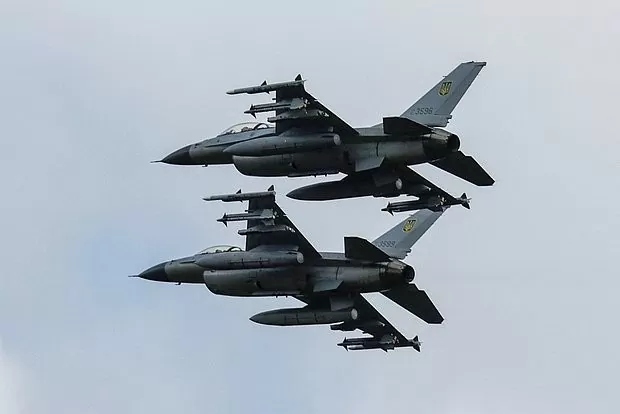 |
| Ukraine may have deployed F-16s on combat missions. Photo: Defense News |
In early March 2024, French aviation expert Cyril de Lattre assessed that in an air battle over Ukraine, the US-made F-16 would lose to Russia's fifth-generation Su-57 fighter.
In the same month, the commander of the "Nebo" radar station of the Central Operational Group, Lieutenant Ruslan Nugmanov reported that F-16 and Mirage pilots of the Armed Forces of Ukraine were trying to stay out of radar range.
The United States develops 120 mm precision-guided ammunition
US company Anduril Rocket Motor Systems has been selected by the US Army Command as a contractor to develop a new 120mm solid-fuel rocket motor for long-range precision-guided munitions.
Specifically, Anduril Rocket Motor Systems assesses that one of the problems with modern weapons is the need to increase the amount of ammunition per launcher without increasing the size of the system. The 120 mm caliber allows for the carriage of up to 30 guided missiles in a HIMARS container.
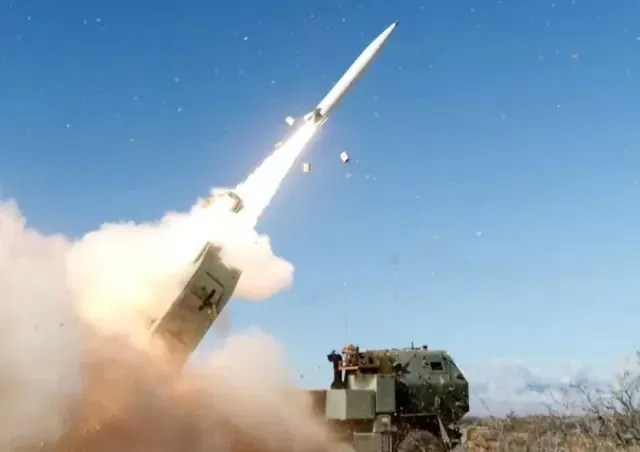 |
| HIMARS high-mobility rocket artillery system. Photo: Topwar |
The U.S. Army currently needs precision-guided rocket munitions that are high-yield, low-cost, and can be delivered in large quantities. Anduril is one of the few companies developing rocket motors of this type to meet the U.S. Army’s increased availability and supply requirements. The company’s proposed solution would increase the MLRS’s payload without negatively affecting its range, effectiveness, and lethality.
Under the program, the company will produce and test rocket engines using both traditional aluminized fuel and its own advanced ALITEC fuel, which improves rocket engine performance, increasing range while reducing size and weight. Anduril hopes that ALITEC-powered projectiles can hit targets at ranges comparable to those using much larger rocket engines.
Anduril recently received a $14.3 million grant to develop and manufacture its new rocket engine. The U.S. government investment is in addition to $75 million in government funding to increase orders and reduce product costs.
Source: https://congthuong.vn/tau-ngam-nga-da-mang-ten-lua-zircon-380442.html











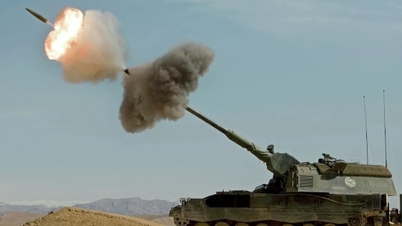





















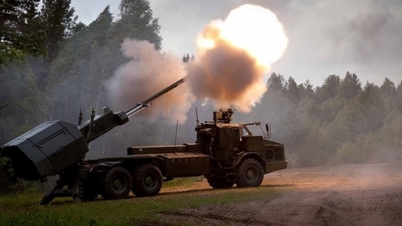



























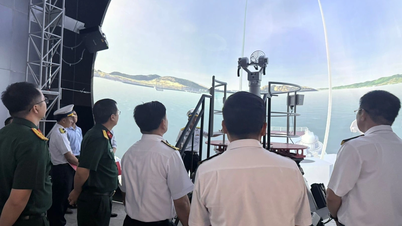















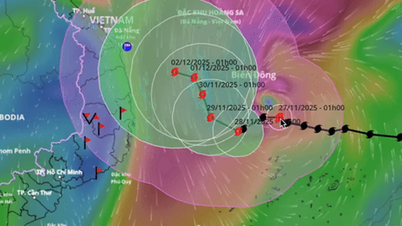






























Comment (0)